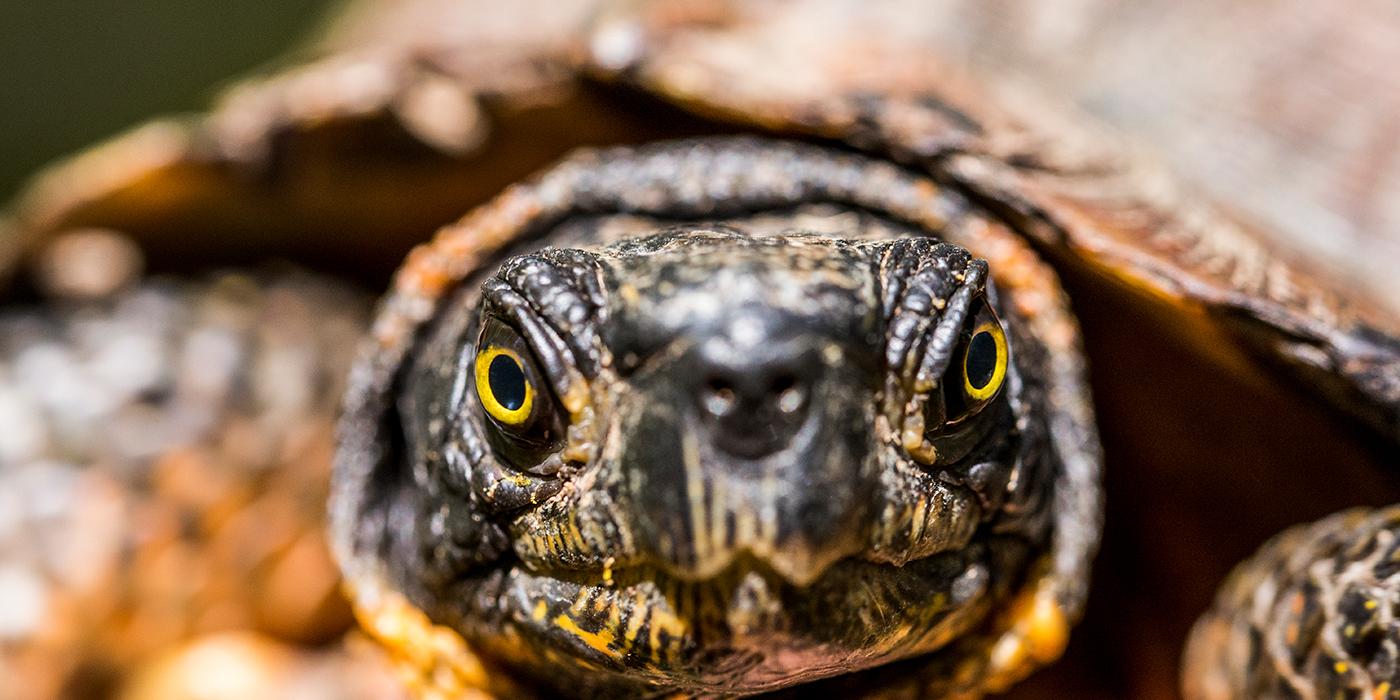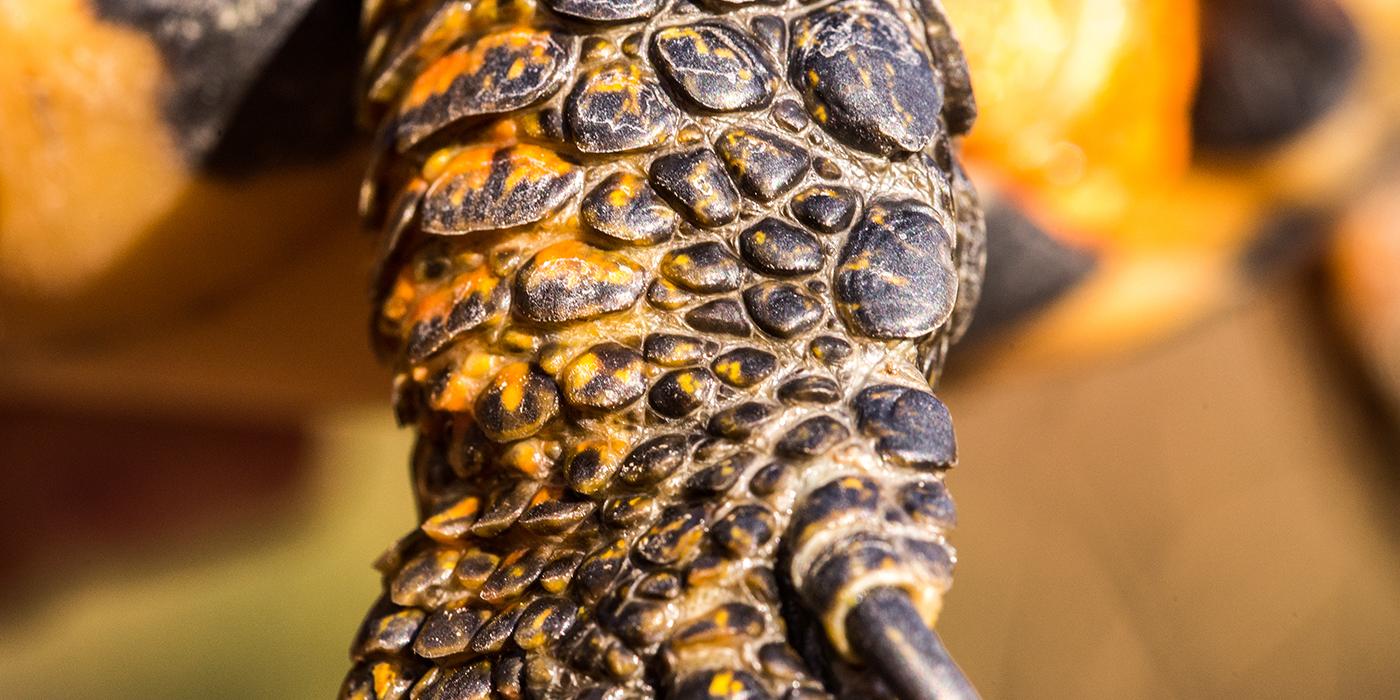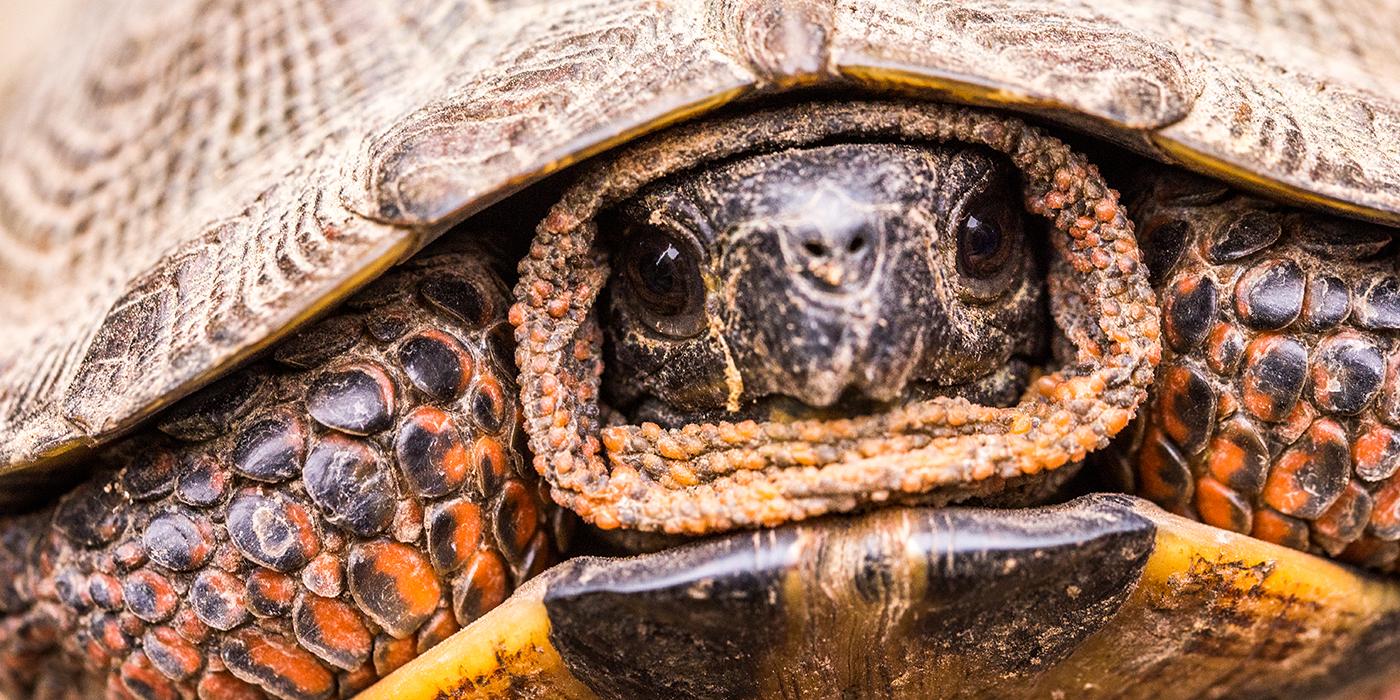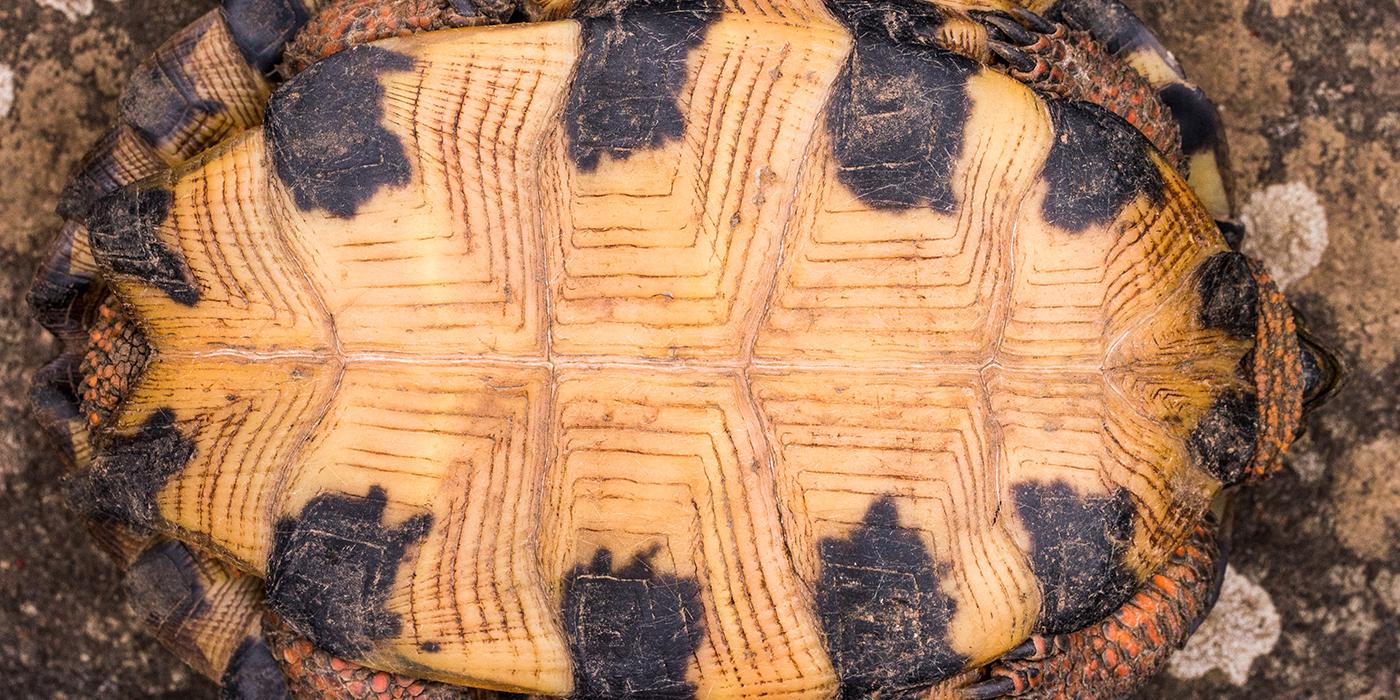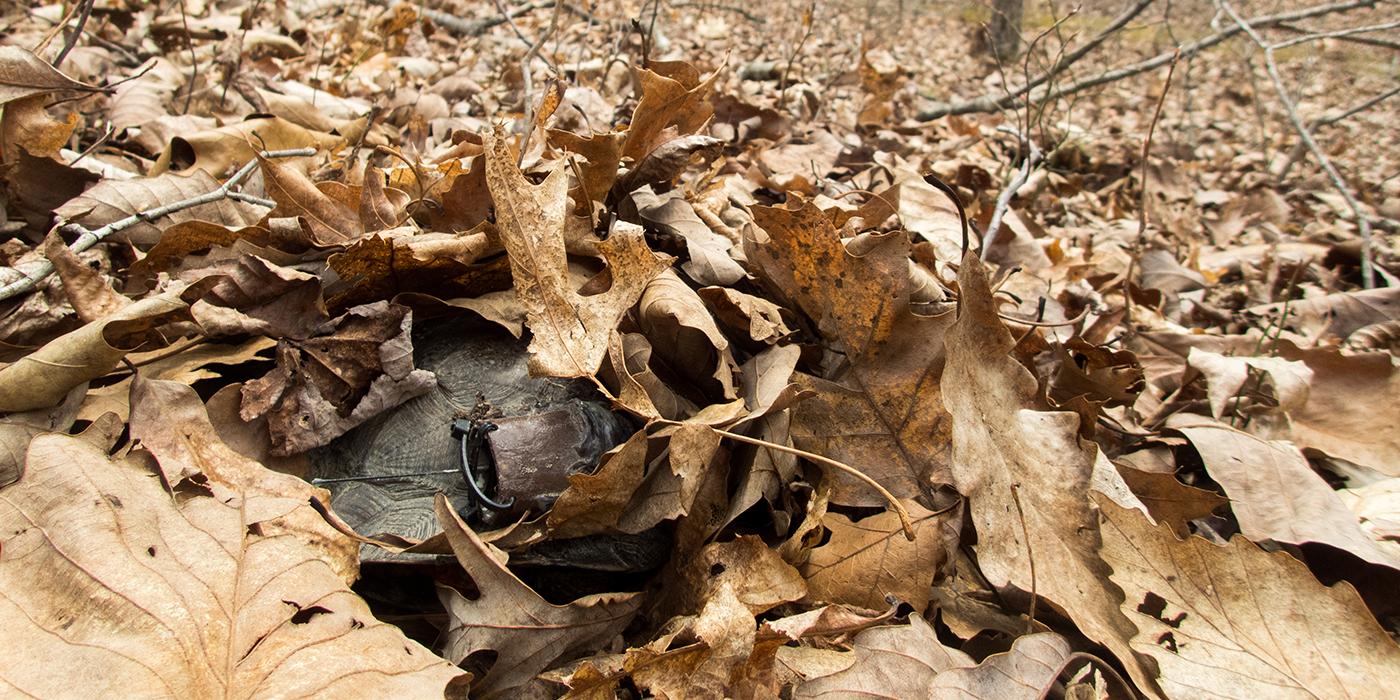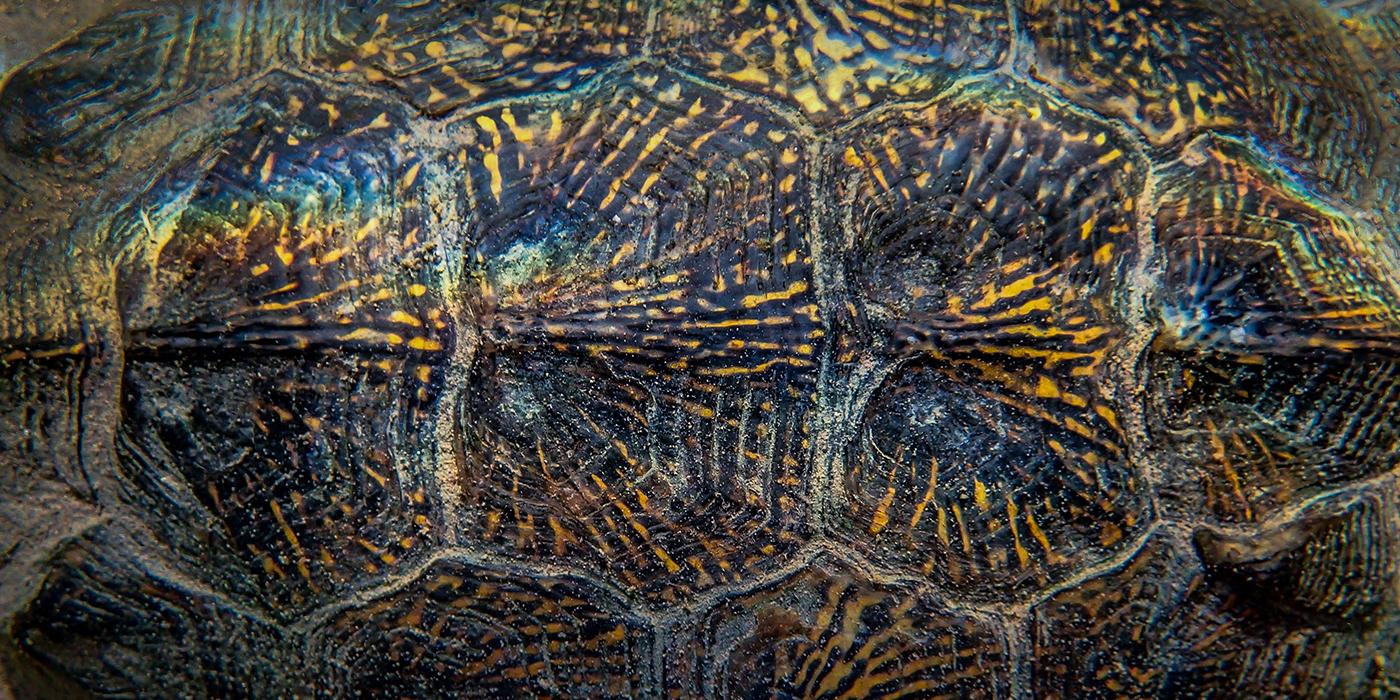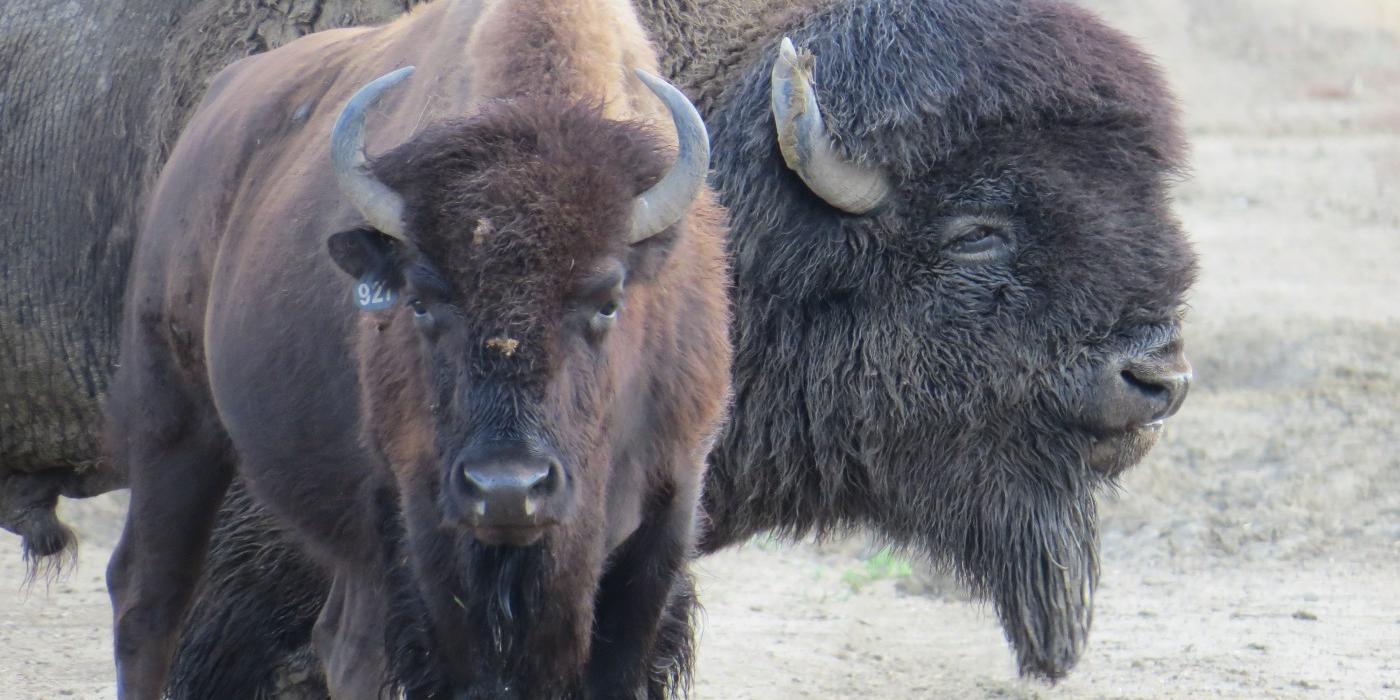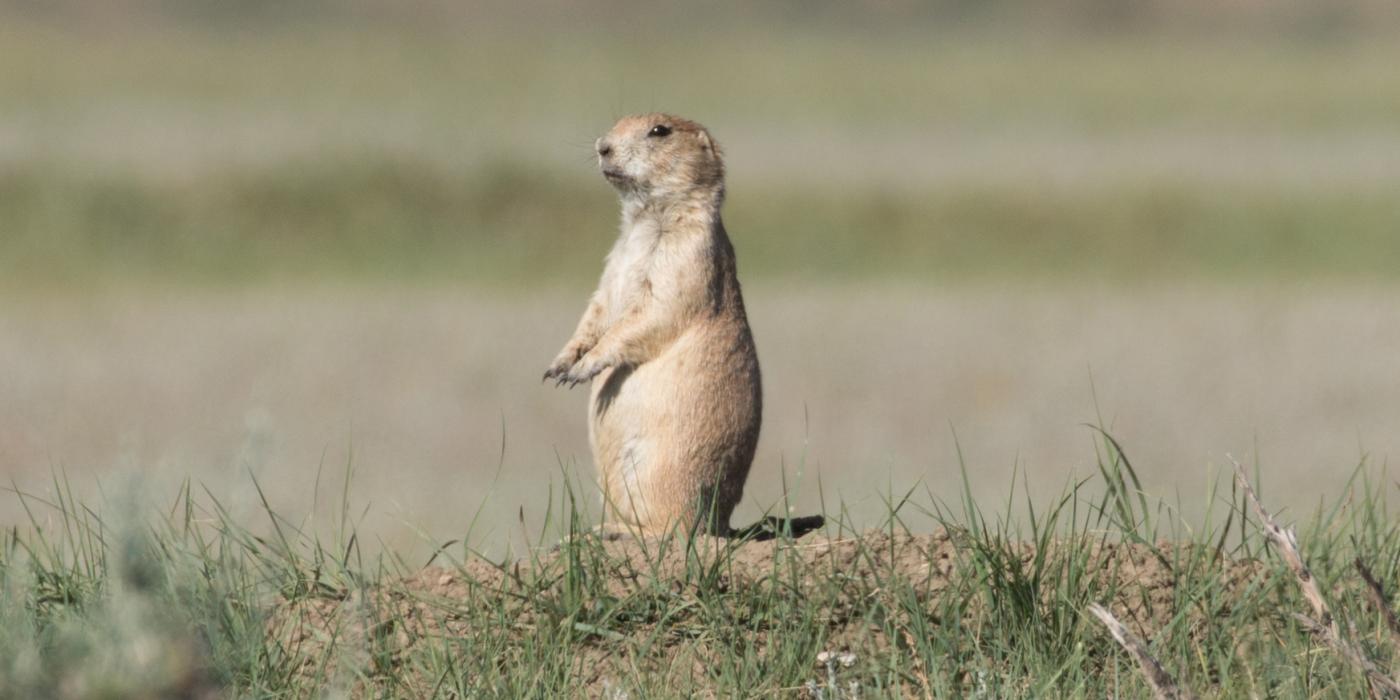Does Slow and Steady Win the Race?
When people think about turtles, movement is not often on their minds (unless, of course, it's slow and steady and there's a hare involved). Because unlike their mammalian counterparts, turtles are slow and don't move around much … right?
Studies suggest that the reality may not be so straightforward. The hare is much speedier than the turtle, but is it actually moving more? Smithsonian researchers are taking a closer look at the movement of one animal in particular: the wood turtle (Glyptemys insculpta), a medium-sized species native to eastern North America.

A turtle wandering the riparian area near his home stream. Some research suggests that males may remain closer to streams during warm summer months, while females travel further upland on average. (Credit: Jonathan Drescher-Lehman)
What sets wood turtles apart from many other turtles is how they move through their environment. Some species, such as tortoises and box turtles, spend the whole year on land, only occasionally wandering in or through bodies of water. Others, such as pond turtles, spend the entire year in water, only leaving it to bask in the sun or lay their eggs.
Wood turtles, however, can do it all. They spend colder months underwater in streams, where temperatures are typically higher and more stable, then emerge and wander over land once warmer weather arrives.

Wood turtles spend colder parts of the year underwater, where the temperature is more stable and always above freezing. Here, a wood turtle rests, inactive, among rocks and leaves at the bottom of a stream. (Credit: Jonathan Drescher-Lehman)
This results in wood turtle populations that generally occur near water systems but are not necessarily confined to a single stream. In the course of seasonal surveys, researchers have repeatedly discovered turtles that have moved from one stream system into another, often apparently traveling 5-10 miles over land to do so. Those are impressive distances for a reptile the size of a football!
And what’s more, these turtles live for decades. In fact, many of them are older than the scientists who study them. The oldest known wood turtle lived more than 50 years, but researchers suspect that these amazing creatures can regularly reach their 80s, if not older. That adds up to a lot of movement for each turtle. Meanwhile, the speedy hare runs around for a mere five or six years at most.

An example of good wood turtle habitat. This mountain stream offers deep pools for spending the winter in as well as plenty of surrounding woodlands in which to look for food when it is warmer out. (Credit: Jonathan Drescher-Lehman)
But this long lifespan means that wood turtles, unlike hares, have a very slow reproductive strategy. They rely on decades of reproduction in order to replace themselves and prevent their populations from declining. In fact, they do not reach maturity until their late teens, and their generation time (the average age difference between parent and offspring) is estimated at up to 47 years.
That’s nearly twice the African elephant’s 25 year generation time! This slow strategy means that any disturbance to the population, especially one that removes reproductive adult turtles from the environment, can have a big, negative impact on population viability.

A hatchling wood turtle. (Credit: Jonathan Drescher-Lehman)
And unfortunately, wood turtles face many such disturbances. Considered an endangered species by the International Union for the Conservation of Nature, wood turtles are up against challenges familiar to forest-inhabiting species across the globe: habitat loss, degradation and fragmentation.
Because these turtles travel across the landscape, they are increasingly confronting the effects of human encroachment. Turtles are killed by cars on roadways as they move about and by agricultural machinery as they bask in fields. Additionally, wood turtles face pressure from poaching for the illegal pet trade. These threats have resulted in declining populations for decades, with research suggesting the species has declined by more than 50 percent.

If turtles are still in the water and not safe and secure under a good bank or in a deep pool when spring floods hit, they can be washed downstream considerable distances. Tracking data shows turtles that have been displaced by floods gradually finding their way back to their typical home ranges. (Credit: Jonathan Drescher-Lehman)
In light of these challenges, scientists at the Smithsonian Conservation Biology Institute are taking a closer look at how these turtles navigate their environment. For the past two years, they have been tracking turtle movement using miniaturized GPS data loggers, something almost unheard of for freshwater turtles. These data enable them to get a much better idea of how much space these turtles are using, how much they are moving around and how far they are traveling.
This year, researchers ramped up the scale of the project and attached a total of 30 GPS units to wood turtles. The units themselves weigh less than 10 grams, because they were initially designed for birds. They are placed into small, custom-made PVC sheaths which are glued to the turtles’ shells, allowing researchers to replace GPS units when they need to be re-charged. With this setup, hourly locations are recorded for every turtle.

A wood turtle equipped with radio transmitter and a new GPS unit, ready for release back into the stream. (Credit: Jonathan Drescher-Lehman)
Having hourly location information will provide crucial insights into wood turtle life history and movement ecology. It will be possible to start answering important questions: How much space do these turtles use? How does that space use change from season to season, or year to year? What does the yearly migration of females to nesting sites look like at a fine scale? What proportion of the population is displaced by spring floods? How many are attempting long-distance movements across the landscape? How far are they going? Do they find other populations? How many survive the trip?

Each turtle is equipped with a device that emits a radio signal at a specific frequency. This allows researchers to track down turtles every couple of weeks in order to replace their GPS unit with a freshly charged one. (Credit: Jonathan Drescher-Lehman)
Having the answers to these questions will allow scientists and land managers to better address and select management actions. Slow and steady may have been enough to beat the hare, but now these turtles find themselves struggling in a different kind of race.
Will this ancient species fall behind against the ever-increasing threats it faces, or will new research and conservation measures be enough for wood turtles to win the race against time?
Learn more about how our researchers are working to save wood turtles.
